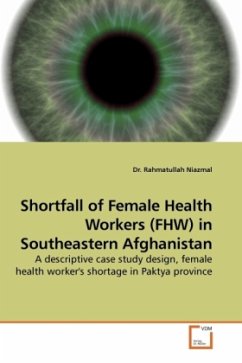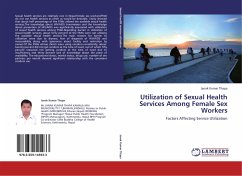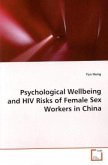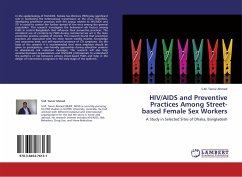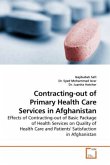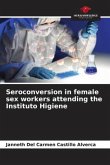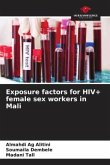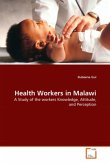Health workforce development is a key issue from public health prospective. Afghan health sector development is a part of MDGs and ANDS. Gender being a social determinant for health but Afghan women health status is alarming with high MMR and IMR. Female health workers shortfall in southeastern Afghanistan is one of the critical issues. Therefore a mix study of qualitative and quantitative components has been conducted to explore the perceived reasons of shortage and proportion of three categories (doctor,nurse and midwife). Data extract sheet and a questionnaire are used for data collection. Critical shortage of health workers is identified. The rate of doctors in Paktya province was found to be 0.07, nurses 0.065 and midwives 0.05 per 1000 population. These rates are lower than national level, which is 02 for doctors and 0.5 for nurses and midwives. It is also lower the level of health care workers recommended by world health organization. The shortage reasons recognized were problems with infrastructural factors, governance/political, economic, family system and gender bias.
Bitte wählen Sie Ihr Anliegen aus.
Rechnungen
Retourenschein anfordern
Bestellstatus
Storno

